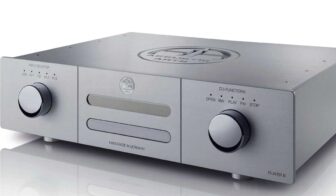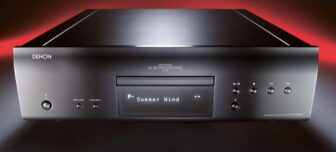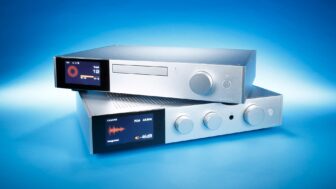Ayon CD-35 Review
Is the CD now as retro as vinyl? When is a CD player a preamplifier? What does a tube rectifier do in a DAC? Does PCM converted to DSD sound better? Only one can answer such questions: Ayon.
Roland Kraft
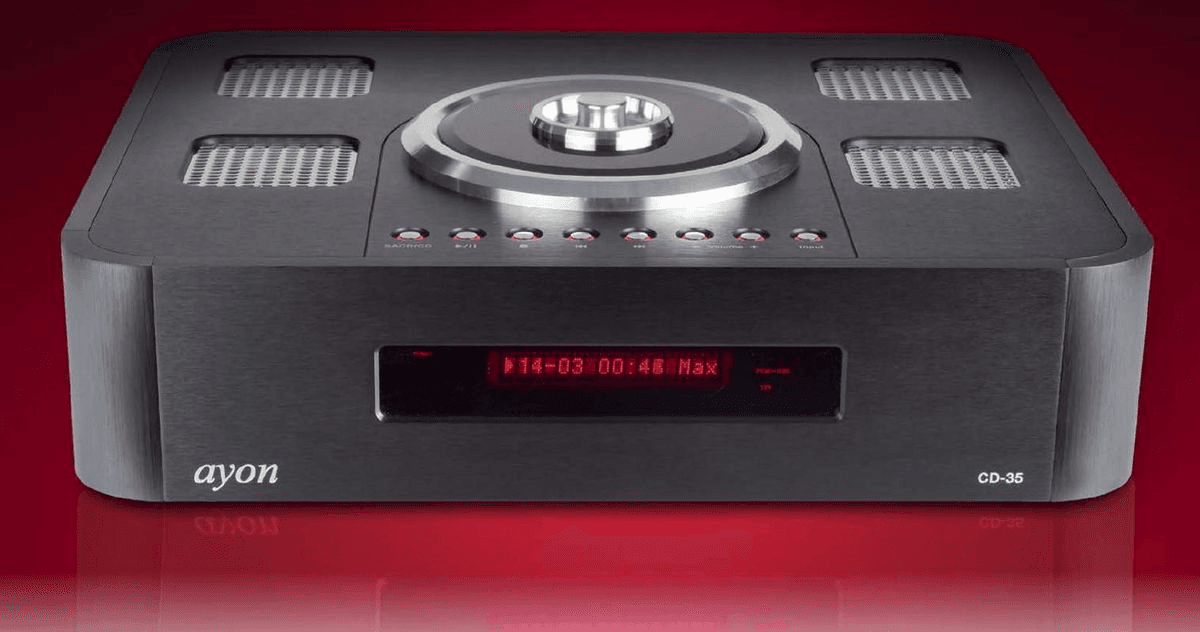
This machine is actually completely crazy. Or absolutely brilliant? We may not be able to answer this question even after testing the Ayon CD-35 CD/SACD player. Perhaps because it is a device that demonstrates almost the entire range of possible unconventional thinking, adapted to an equally crazy time in which audio technology—or rather, the entire consumer electronics—is completely redefining itself.
Therefore, the Ayon CD-35 doesn’t fit seamlessly into any of our old test categories. Moreover, with its wonderfully cumbersome-to-operate drive, this player demands a grandiose test of patience from the streaming-spoiled audio aficionado. This is actually only acceptable if one makes a pleasure ritual out of inserting a CD, just as when playing vinyl—a process that even among owners of thousands of records has become more of a Sunday activity than part of everyday audio life.
True to the design philosophy of the Austrian manufacturer, the CD-35 is, of course, a CD player equipped with tubes in the analog output stage.
The tubes make it happen
The Austrians, who are known for downright monumental solutions when it comes to tubes, do not install the usual “me too” tube configurations in their top player, but rather an absolutely sophisticated, elaborate amplifier stage, which also relies on a tube-equipped rectification in the power supply and has been fitted with the finest components. But that’s by far not all!
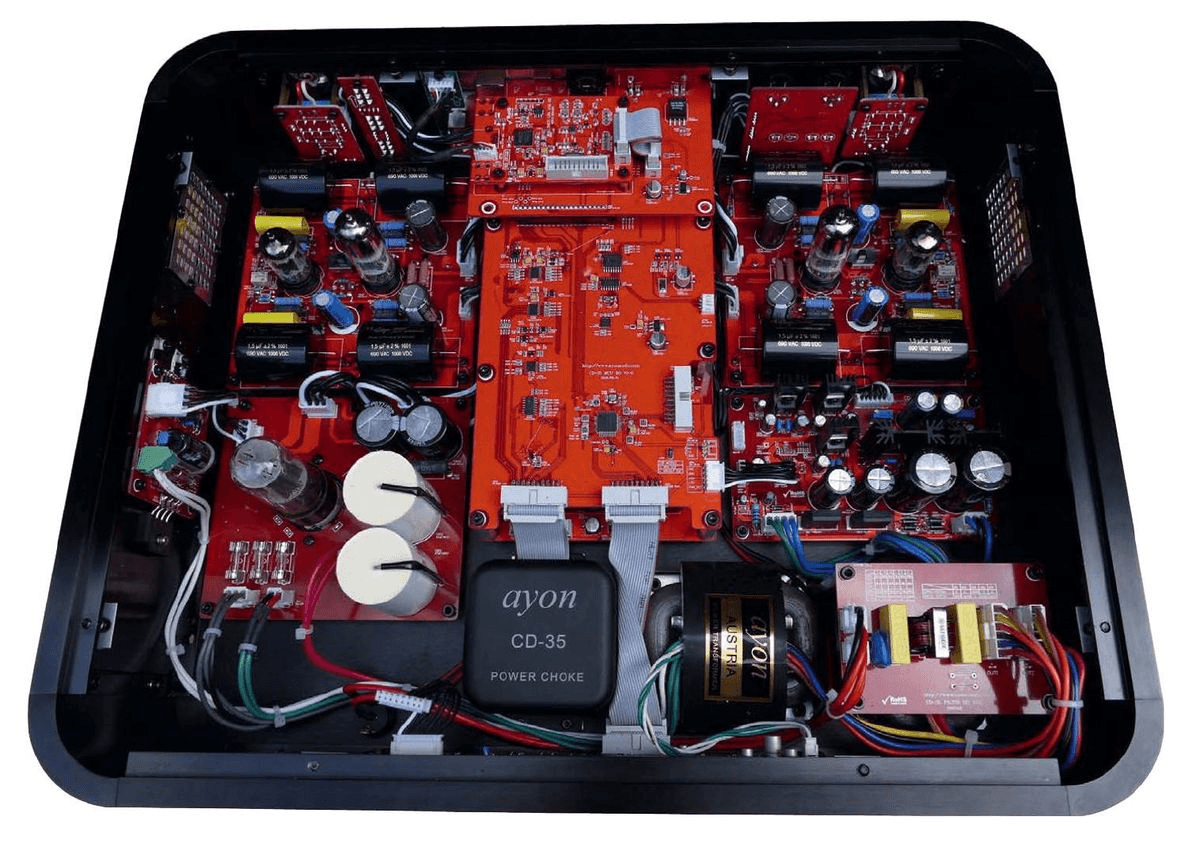
Because the Ayon also plays SACDs. And in its “Signature” version presented here, it has analog inputs and a volume control, and can therefore work as a player with a regulated output as well as a preamplifier in teamwork with analog and digital sources. Because it has a built-in fully balanced DAC that can be addressed by external sources and even by computers, and has rather sophisticated capabilities for processing HD PCM and DSD.
The trick is: On request, the CD-35 DAC converts all digital signals (including those coming from the internal drive) into DSD format before they go to the D/A converter! By the way, the “Player” offers an additional, dedicated DSD interface for professional partners or other separate DSD sources like streamers.
These rare capabilities are based, among other things, on years of teamwork and development with the renowned digital specialists at Stream Unlimited, who supply the necessary software. And of course, considerable computing power is required on the digital boards of the CD-35 to convert PCM data in real-time into DSD 64, 128, or 256. The user can, of course, also enjoy all data formats natively or, alternatively, even upsample DSD 128 from the SACD to DSD 256 and even listen to native DSD 512 via BNC. And the DAC of the CD-35 processes PCM with up to 32-bit/768 kHz.
But despite this extensive digital HD equipment, Ayon makes no secret of the fact that they still assign a high value to the good old CD. Simply because the sheer number of existing silver discs will continue to guarantee the medium’s existence in the future. SACD operation, which has plenty of fans in this country, is considered more of a bonus.
Not without DSD
DSD as a data format, on the other hand, is now considered essential by Ayon. Even if it comes from converted PCM. The reason is simply subjective; the DSD sound is now regarded not only by the Austrians as more “analog” and thus more pleasing and accessible than other digital signal formats.

That the tube equipment of the 17-kilogram top-loader also has a say in the sound is beyond doubt. In the channel-separated output stage, Ayon, as in other components of the house, relies on short signal paths and on the highest quality Russian tube 6H30. This very powerful double triode with its unusually low output impedance works here together with the 5687: This double triode, rather rarely used in hi-fi equipment and somewhat neglected in audio technology, corresponds approximately (but not interchangeably) to a European E182CC. As always with Ayon, neither negative feedback nor silicon helpers are used in the signal path, and you search in vain for DC servos or similar circuit tricks. Instead, the Austrians like to use high-quality coupling capacitors (like Mundorf Gold/Silver), with large-volume film capacitors also being used in the power supply, in the CD-35 even in teamwork with electrolytic capacitors.
The modular design of the player also makes the total of three variants of the CD-35 possible, which in its full version has a highly complex, fully balanced, and therefore necessarily fourfold volume control. It operates in a highly modern way with switched resistors and is, of course, connected to the somewhat confusing but complete remote control.
Notably, this player in its preamplifier incarnation can get along better with fairly high-impedance loads—in other words, power amplifiers. Low-impedance cathode followers (buffers) in the output stages are a sonic “no-go” at Ayon, which is why the output impedance of the 6H30 configured as an anode follower determines matters. Those who want to be on the safe side should therefore ensure that power amplifiers have at least 20 kilo-ohms input impedance, which is usually the case in practice.
Optionally, the output stage of the Ayon works in balanced or unbalanced operation: a matter controlled by a toggle switch. The gain factor is also practically switchable, and finally, a third switch on the back determines whether the volume control is in play.
Tube Rectifier
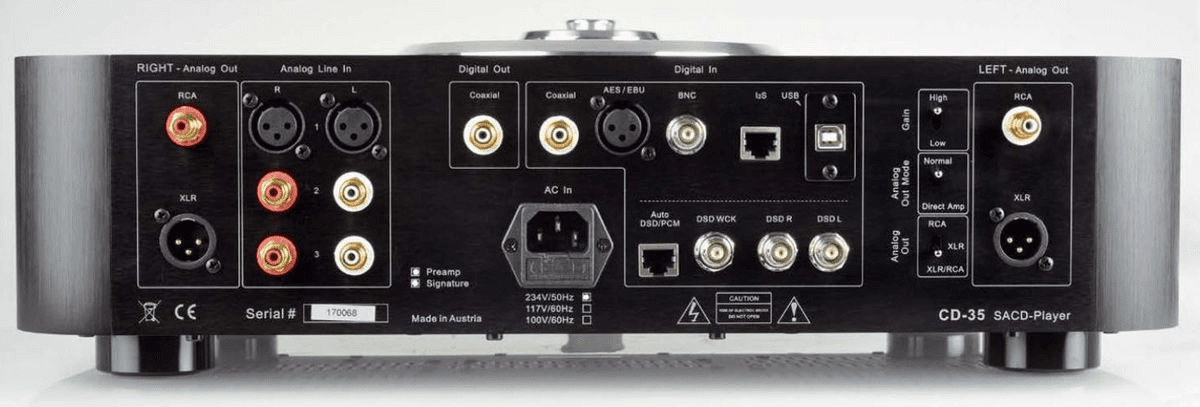
A tube circuit without proper power supply is unthinkable—that’s Ayon’s motto. This also includes the use of a rectifier tube, in this case a two-way diode of type GZ30. It supplies the two tube output stages with anode voltage with the help of a thick filter choke. Two power transformers take care of the digital and analog sections of the player, with a total of ten voltage regulators responsible for the various departments. A soft-start device and a complex mains filter directly behind the IEC socket are also proverbially part of the good tone, as is the slowly ramping up DC power supply for the tube heaters.
Organization in terms of Operation
How do you organize such an all-rounder in terms of operation? There were some hurdles to overcome with the operating system, which Ayon has mastered admirably. With the help of the quite large display and the remote control, the CD-35 can be managed quite simply, with two selectable digital filters even making it onto the handset. Apart from the fundamental question regulated by a rear toggle switch of whether the player should operate with or without volume control, the “Input” selector practically determines most functions; two additional buttons finally organize the PCM/DSD conversion.
For the listening test, the player had to compete both as an analog preamplifier and as a “simple” CD player. Volume-controlled and uncontrolled, of course. Another listening session, this time mostly based on the latest 7Review CD “Nordic Sounds” due to the author’s preference, was dedicated to the USB input in teamwork with a Mac and the Amarra player. And finally, it was a question of how the conversion of PCM (especially from the CD) to DSD affects the sound. Is this effect really as convincing as some claim? After all, there are only a few, consistently very expensive experiments in the audio industry on this subject.
HD PCM versus DSD
Let’s answer the last, possibly most interesting question about the Ayon: Yes, it really sounds better—more “analog”, if you will, a touch softer, friendlier, more emotional, even if the latter is a very subjective criterion. This does not mean that HD PCM is obsolete, as the difference is audible, even if on nitpicking level. But: Converting the CD format—whether from the drive or from the software player—to DSD 256 has its special charm. In the end, the conversion on the CD-35 simply remained always activated…
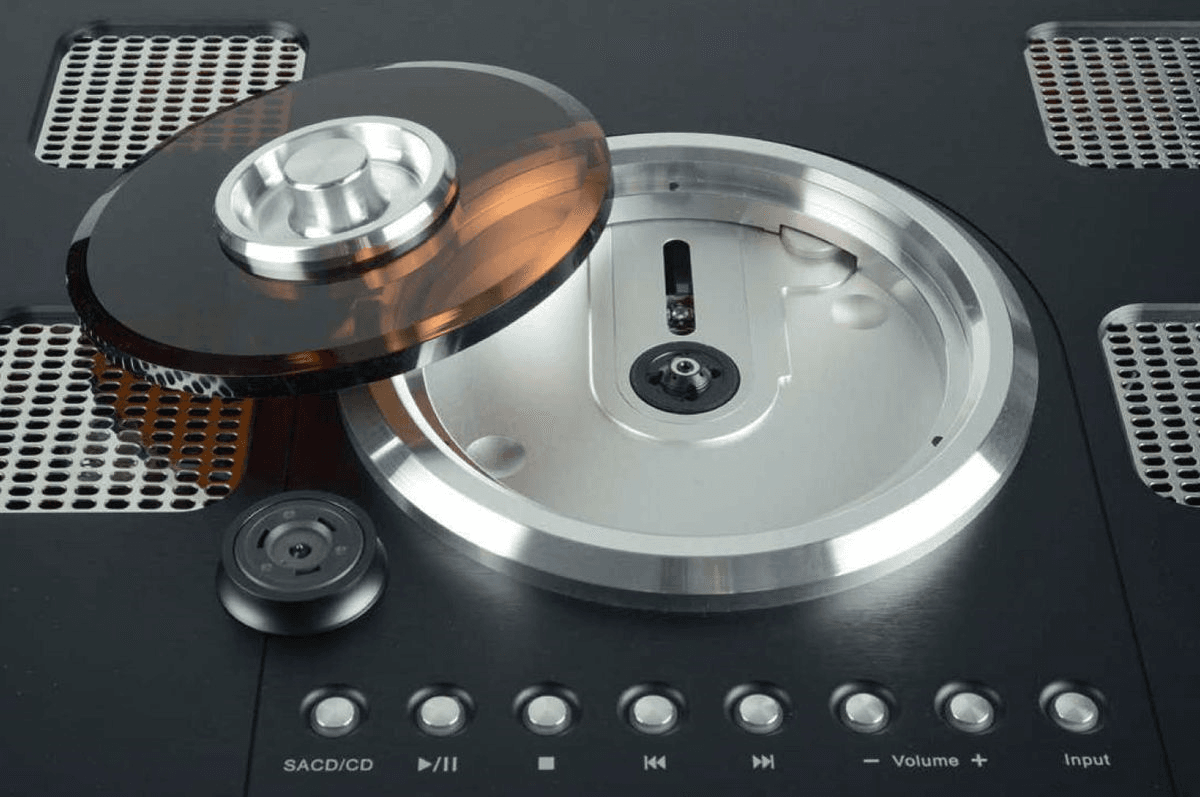
It also proves itself as a tube preamplifier via its analog inputs, but imparts the soon-to-be unmistakable Ayon stamp on the sound: powerful bass and lower midrange, enormously playful, super dynamic and finely detailed, but not an analytic wonder. Instead, there is a touch of friendliness and a dash of warmth, velvety, incredibly beautiful vocal reproduction, and brilliant spaciousness with particularly impressive width.
To like the CD-35 is anything but difficult; to fall for it is quite possible. Especially since it conjures a real sonic delight from the CD, a fascination to which one can all too easily succumb. And one shouldn’t be more Catholic than the Pope when one can bestow a bit of sound improvement upon the 16-bit/44-kHz format at the touch of a button. Although digital purists—who are at least as fanatic as the hardcore vinyl freaks—are known to be very critical of such “enhancements”.
Ayon’s Intentions
What Ayon intended with this player certainly works out completely: to maintain the value of the CD collection, to include a high-quality tube preamplifier, and to pack a dreamlike DAC on top into the package. That should certainly put the price of the CD-35 (which starts at $8,250 without extras) into perspective.
So we finally answer the initial question: The Ayon CD-35 is anything but crazy!



